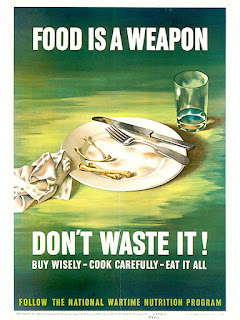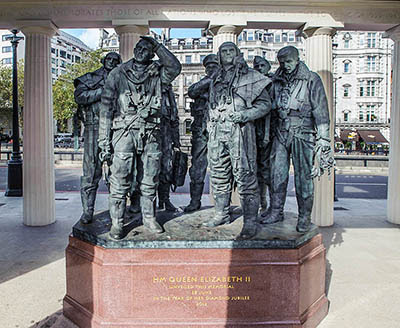War-Time Rationing
From 1942
until 1947, the consumption of sugar, meat and dairy products was carefully
rationed in Canada. Enormous quantities
of food were being shipped overseas to feed the British public, whose own
supplies had been cut off. Food also
went to feed Allied forces, prisoners of war and refugees fleeing war-torn
countries. In general, Canadians were sympathetic to the war-weary, hungry British public and willing participants in the rationing program.
Eleven
million ration cards were issued in Canada with coupons issued for staples such
as sugar, butter and meat. Canadians supplemented
their war rations by planting ‘Victory’ gardens, preserving food, fishing, and hunting. Not a single scrap of food would go to waste.
In Britain,
rationing began two years earlier, in 1940, and continued until 1954. In letters
home to Margaret, Harris described receiving many packages from her, containing
such provisions as tinned salmon, honey, tomato juice, cookies and toffee.
Given the ongoing rationing in Britain and the reasonable availability of food
on base, Harris would pass many of the treats along to his parents who were
living in Newark, England, about 80 km southwest of North Killingholme.
At the end
of the war, Canadian exports made up 57% of all wheat and flour, 39% of bacon, 24%
of cheese and 15% of the eggs consumed in Britain.
I wonder
what the determined Canadian public of the 40’s would make of today’s COVID-19-related
grocery hoarders?
Source: Wartime rations meant Canadian cooks got creative by Elinor Florence


Comments
Post a Comment